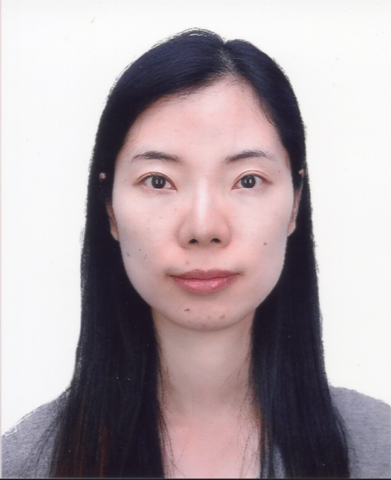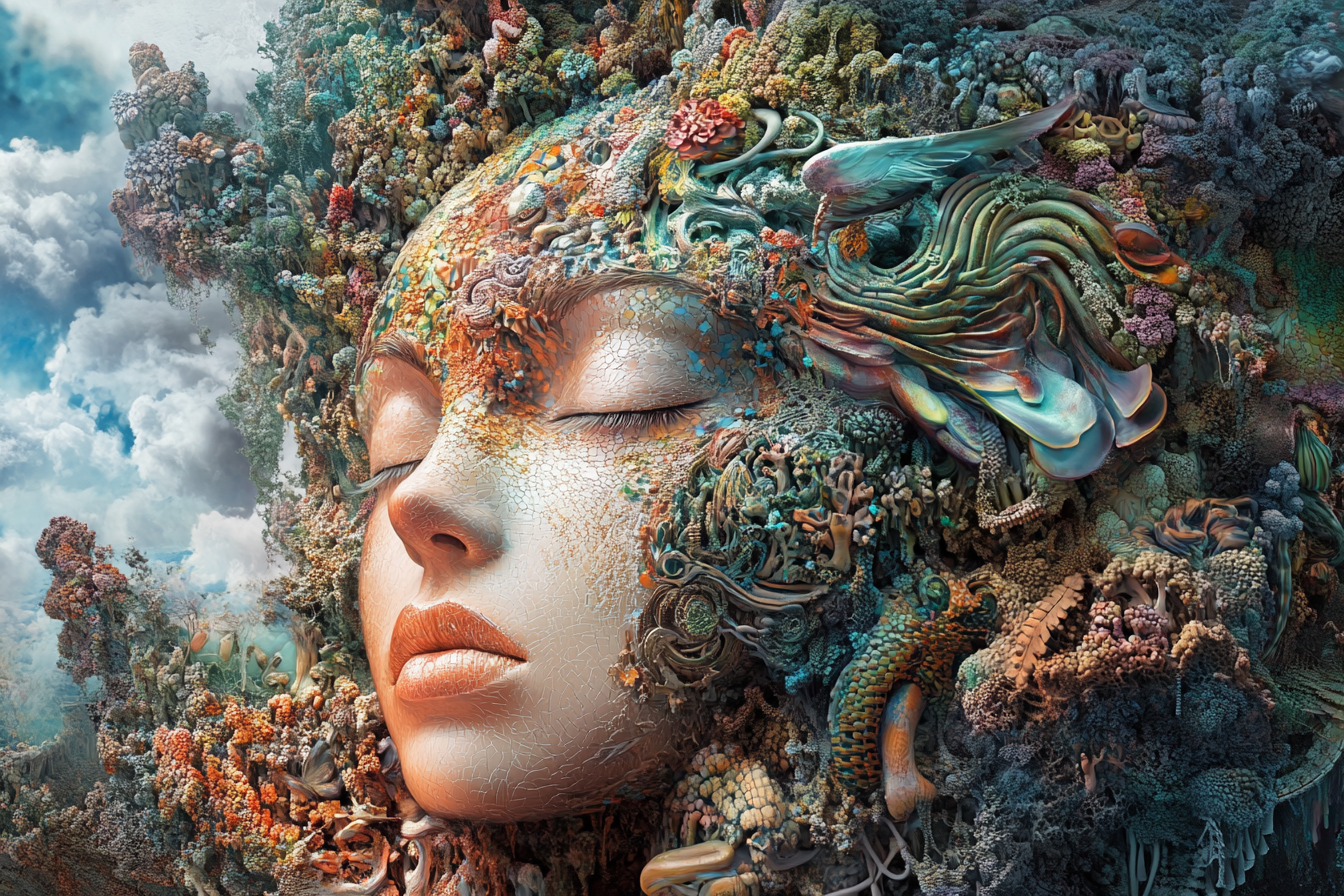Everyone can be an artist with AI
German conceptual artist Joseph Beuys famously said, “Everyone is an artist.” This suggests that people’s thinking inherently includes the creative thinking of artists or designers. However, to express our creative ideas, we often need technical skills. With the emergence of AI drawing tools, the gap between creative thinking and art has significantly narrowed. By simply typing in keywords, these tools can generate images that align with our vision, making Beuys’ statement, “Everyone is an artist,” closer to reality than ever before.
On November 2, 2024, the Pujiang Innovation Forum on Interdisciplinary Science Development was held at Shanghai University. At the forum, Hu Shimin delivered a keynote speech titled “Building China’s Independent Artificial Intelligence Ecosystem and Empowering Artistic Creation in the AI Era.”
Today, with the rapid development of AI, human imagination is being extended, enabling new dimensions of aesthetic and emotional expression. AI models are no longer confined to art imitation but have ventured into realms of artistic imagination and creativity.
However, AI also poses a potential threat to art and education. This presents a significant challenge to how we teach students and what they should learn. In the past, art education for college students focused heavily on technical training, such as illustration, modeling, and design software. Now, with AI capable of performing many of these tasks, the methods, approaches, and future of vocational education must be reconsidered.
typing a few words. This makes Joseph Beuys’ idea, “Everyone is an artist,” closer to real life.
Conclusion
AI helps people make art but changes how we learn. Schools must teach creativity, not just skills. With AI, we can use new tools to imagine and create more.

